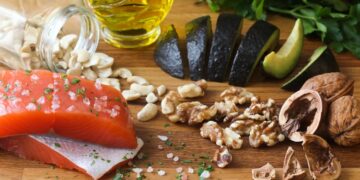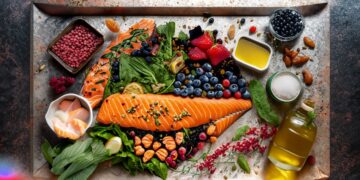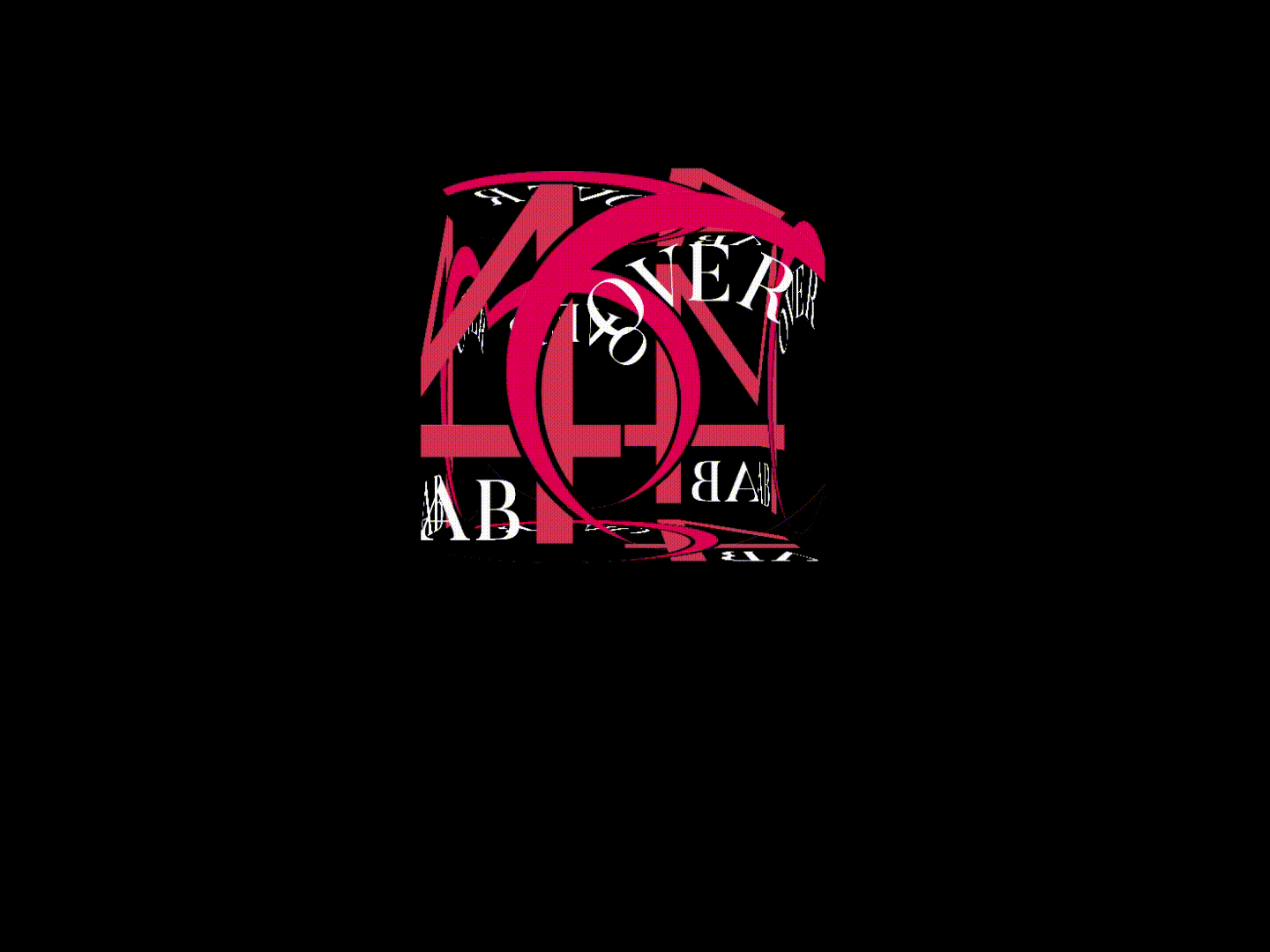THE TWEAKS YOU SHOULD MAKE TO EATING IN YOUR 40’S AS YOU AGE.
Have you been following the same fitness and nutrition routine for years, keeping yourself on track, only to find that as you moved into your 40s those same strategies no longer work? Or perhaps you can relate to the frustration of trying to follow a “diet plan” found in a health or fitness magazine that did not yield any results, while others had great success.
I hate to be the bearer of bad news, but the problem is you! Yes, you! But, guess what? It’s not your fault. Your nutritional needs and your metabolism change as you age. These changes start in your mid to late 30s and continue into your 40s, 50s, 60s, and beyond.
After 40, our hormone levels drop, causing insulin levels to rise. Additionally, our thyroid levels go down. These combined factors increase hunger levels. To compound this problem, our metabolism slows down, which means we are burning fewer calories, but we want to eat more.
The biggest culprit of your slowing metabolism is muscle loss. Women lose about half a pound of muscle per year starting around the age of 40 (we lose muscle twice as fast as men). This makes losing weight more difficult, as it is our lean muscle mass that helps rev the metabolism. Quite simply, muscle requires more energy than fat. Unfortunately, we lose muscle in our core the most (one factor leading to an increase in belly fat). Additionally, women experience further changes due to hormones, medical conditions, and the fact that we are often simply less active than we were in our 20s and 30s.
Our slower metabolism means we require fewer calories as we age. Our daily caloric requirement is not only determined by height, weight, and activity level, but also by age. A 25-year-old woman who is five feet six and 140 pounds requires more calories than a 45-year-old woman of the same size and activity level.
Not only do we require fewer calories, but also the foods we eat play a major role in our ability to maintain or lose weight and our overall health. A well-balanced, nutrient-packed diet can help optimize our health and manage weight. Food can be very effective medicine. In a nutshell, women need protein (meat, fish, beans, and nuts), carbohydrates (whole grains, fruits, and vegetables), healthy fats (healthy oils, nuts, and seeds), vitamins (fruits and vegetables), minerals, and water.
So, what should you eat? To start, we want to focus on healing foods that benefit our health. Foods packed with antioxidants that help reduce inflammation are key. That being said, we also want to avoid foods that cause inflammation such as processed foods and refined carbohydrates. For many, gluten and dairy can be particularly inflammatory.
Fruit and Vegetables
Choose a variety of vegetables, including a mix of dark leafy greens. Foods like broccoli, kale, and other cruciferous vegetables are loaded with fiber and calcium. Calcium is essential to maintain bone density which decreases as we age, and it can help manage weight. You also need to get enough vitamin D to make sure you’re absorbing calcium.
Fibre helps the liver’s detoxification process by converting toxins into waste products and eliminating excess hormones too. A build-up of toxins can lead to problems such as hormonal imbalance, as our body will not produce the hormones we need. Fibre also helps lower cholesterol levels and keeps the digestive system healthy.
In addition to cruciferous vegetables, other fiber-packed foods such as nuts, beans, whole grains, and berries fill you up and help you eat less. You want to aim for 25 grams of fiber each day.
Going with a rainbow of fruits and vegetables is often recommended to ensure you’re consuming a range that contains vitamins, carotenoids, and other pigments to help fight oxidative stress.
Protein
In order to maintain or even help build lean muscle mass, have protein at every meal.
Stick to lean proteins such as chicken, turkey, eggs, seafood, and grass-fed beef (limited) as well as plant-based sources like peas, nuts, and seeds. Protein helps rev your metabolism and fills you up, so you don’t constantly feel hungry or have cravings.
Whenever possible stick to grass-fed meats, pasture-raised poultry, and wild-caught fish. Grain-fed animals are often fed a diet of genetically modified soy, corn, and by-product feedstuff. Many commercial types of meat often contain hormones and antibiotics due to the way they are raised. These chemicals remain in the meat and are consumed when eaten. This can lead to problems including antibiotic-resistant disease and hormonal issues.
Farmed fish have diminished nutritional value as they are also often fed modified grains and by-product feedstuff that contain little or no omega-3s in comparison to wild fish that get their omega-3s from aquatic plants. As a result, some farmed fish accumulate unhealthy levels of the wrong fatty acids and may also have been given antibiotics.
Healthy Fats
It is crucial to get adequate healthy fats in our diet. We need fats to produce hormones, which also decline as we age, to keep the brain and fatty tissues healthy. Use healthy oils (such as olive oil), avocado, nuts, and seeds (such as flax, chia, and hemp).
Omega-3 fatty acids such as salmon, tuna, and mackerel are known for their heart-healthy and anti-inflammatory benefits. Fatty fish also contain vitamin D, which is essential along with calcium for bone growth.
Calories
Be sure you are consuming enough calories per day. Crash diets or eating very low amounts of calories can also lead to muscle loss. However, practice portion control so as not to overeat. Avoid processed meats and fast-burning carbohydrates such as white bread and potatoes, and added sugars in processed foods and desserts. Remember to drink enough water and limit alcohol to no more than one drink per day...
















